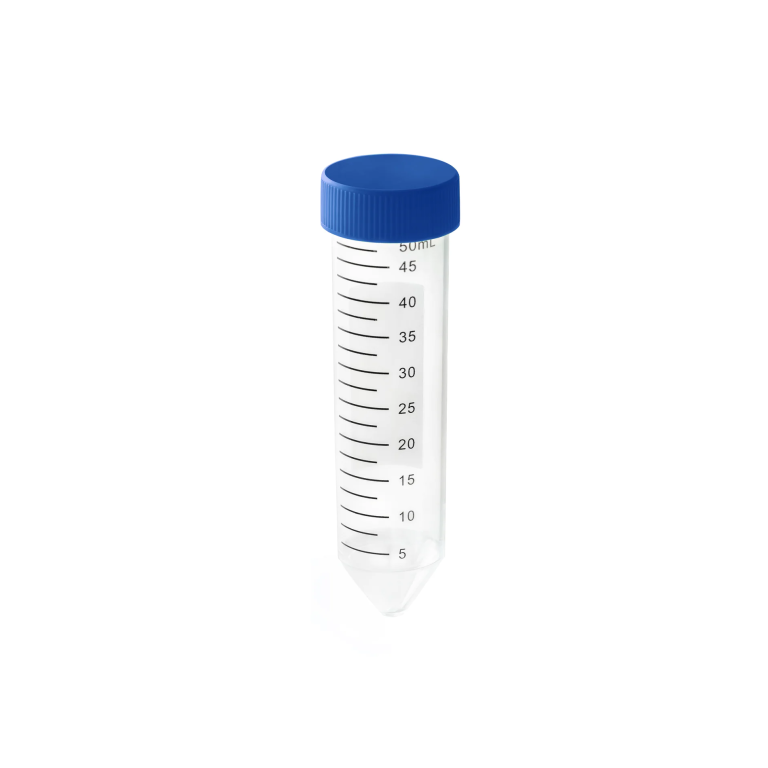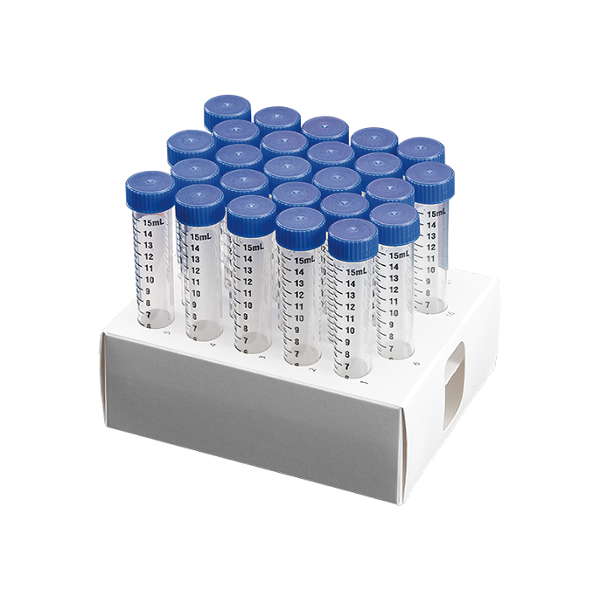While pipette tips serve the common purpose of facilitating accurate liquid transfer with pipettes, they are not all the same. Pipette tips come in various types, sizes, and materials, and their suitability depends on the specific application and the pipette being used. Here are some key differences among pipette tips:
- Volume Range: Pipette tips are designed to accommodate specific volume ranges. It’s crucial to use pipette tips that are suitable for the volume you intend to dispense or aspirate. Pipettes are typically calibrated to work with specific tip sizes.
- Tip Design: Pipette tips can have different designs, such as regular tips for general use, low-retention tips to minimize sample loss, filter tips to prevent aerosol contamination, and extended-length tips for accessing deep or narrow containers.
- Material: Pipette tips are made from materials like polypropylene, which is a common and cost-effective choice. However, some applications may require specialty materials, such as low-binding materials for sensitive assays or PCR (polymerase chain reaction)-compatible tips for molecular biology work.
- Sterility: Sterile pipette tips are essential for applications where maintaining a sterile environment is crucial, such as cell culture or molecular biology. Non-sterile tips are suitable for general laboratory work where sterility is not a concern.
- Filter Tips: Some pipette tips come with built-in filters to prevent the transfer of aerosols and contaminants. These are commonly used when working with biological samples or hazardous substances.
- Color Coding: Pipette tips often come in different colors to help users quickly identify the tip size or type. Color coding can be useful when working with multiple pipettes and samples.
- Brand Compatibility: Pipette tips are often designed to be compatible with specific brands and models of pipettes. It’s important to use tips recommended by the pipette manufacturer to ensure accurate and reliable performance.
Given these differences, it’s crucial to choose pipette tips that are suitable for your specific application and pipette model. Always refer to the manufacturer’s recommendations for both the pipette and the tips to ensure proper compatibility and accurate liquid handling.


